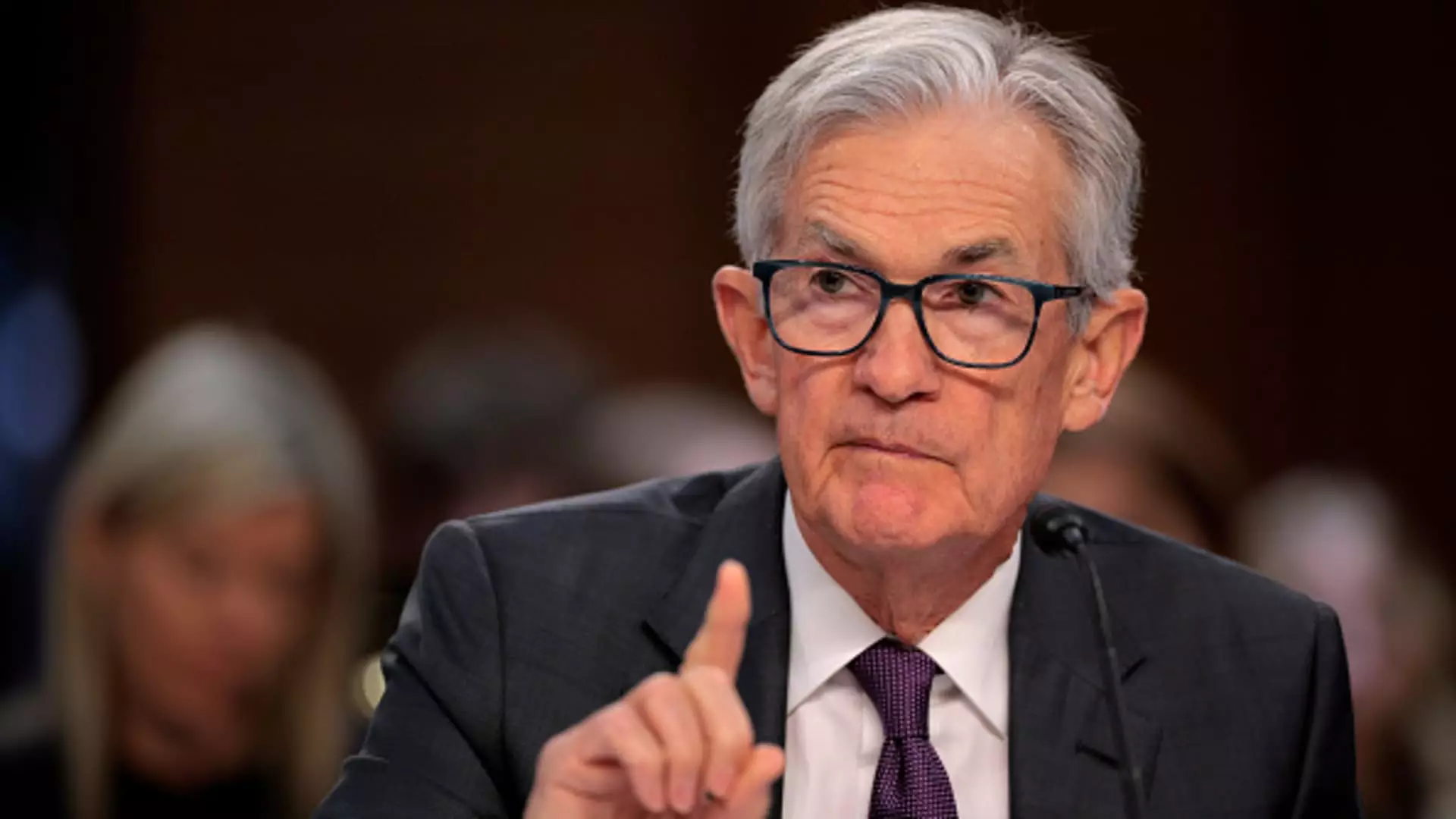The Federal Reserve’s monetary policy decisions play a critical role in shaping both domestic and global economic landscapes. In the wake of President Donald Trump’s aggressive tariff policies, officials of the Federal Reserve scrutinize existing economic indicators with greater vigilance. The minutes from the Federal Open Market Committee (FOMC) meeting in January reveal a cautious approach towards lowering interest rates further, emphasizing the necessity of observing inflation trends and broader economic impacts resulting from the prevailing trade environment.
The Balance of Interest Rates and Inflation Control
The January meeting’s discussion was marked by a consensus among policymakers to maintain the current key policy rate, following three consecutive reductions in the previous year. Notably, the FOMC members expressed their intent to witness a more pronounced decline in inflation before considering any additional rate cuts. This aligns with the Fed’s dual mandate of maximizing employment and stabilizing prices, both of which are influenced significantly by external factors, including governmental trade policies. As inflation continues to exceed the Fed’s targeted rate of 2%, the dialogue surrounding interest rates becomes increasingly complex and multifaceted.
The statement articulated by the committee was particularly insightful; members underscored that the existing policy stance was “significantly less restrictive” than prior to the cuts. This strategic positioning grants the FOMC room to monitor and assess evolving economic conditions, particularly the labor market dynamics and inflationary pressures that may be exacerbated by Trump’s tariffs. Recognizing that continued employment growth is integral to overall economic health, the committee signals prudent caution in navigating monetary policy adjustments.
Trump’s tariff implementation, alongside threats to expand tariffs on essential sectors such as automobiles, pharmaceuticals, and semiconductors, raises significant concerns among Federal Reserve officials about sustained inflationary pressures. The potential for businesses to pass on heightened production costs to consumers underscores the inflation risks entwined with such measures. The FOMC minutes reflected a nuanced understanding of these macroeconomic factors, indicating that shifts in trade and immigration policy could introduce unexpected volatility in inflation rates, further complicating the Fed’s policy framework.
Additionally, the relationship between tariffs and broader economic indicators complicates the forecasting landscape. While tariffs may provide some short-term revenue benefits, they simultaneously threaten longer-term inflation stability. The Fed acknowledges the potential for these policies to create a ripple effect, leading to increased consumer prices and, consequently, requiring a recalibration of interest rates in response to sustained inflationary pressures.
Despite the uncertainties introduced by the tariff policies, there remains a thread of optimism among some economists and Fed officials. The anticipated easing of government regulations and modifications to tax policies could foster an environment favorable for economic expansion. This optimism is crucial as it provides a counterbalance to the overriding concerns about inflation driven by trade policy volatility.
Market participants have begun adjusting expectations, with many analysts predicting the next interest rate reduction by mid-year. However, the extent to which Trump’s fiscal and trade intentions influence these projections remains a point of contention among economists and policy experts. The Federal Reserve’s cautious approach toward monetary policy underscores a broader recognition that economic conditions are inherently dynamic and require flexible responses.
As the Federal Reserve navigates the complexities presented by aggressive tariff policies, the balance between fostering economic growth and controlling inflation remains tenuous. The decision to refrain from further interest rate cuts highlights a methodical approach to policy-making, grounded in ongoing evaluation of economic indicators and external influences. The interplay of optimism regarding regulatory reforms against the stark realities of tariff-induced inflationary pressures sets the stage for a transformative period in monetary policy. With market forecasts leaning towards a rate cut later this year, how the Fed adapts to evolving conditions will be key to steering the economic trajectory in the months ahead.

